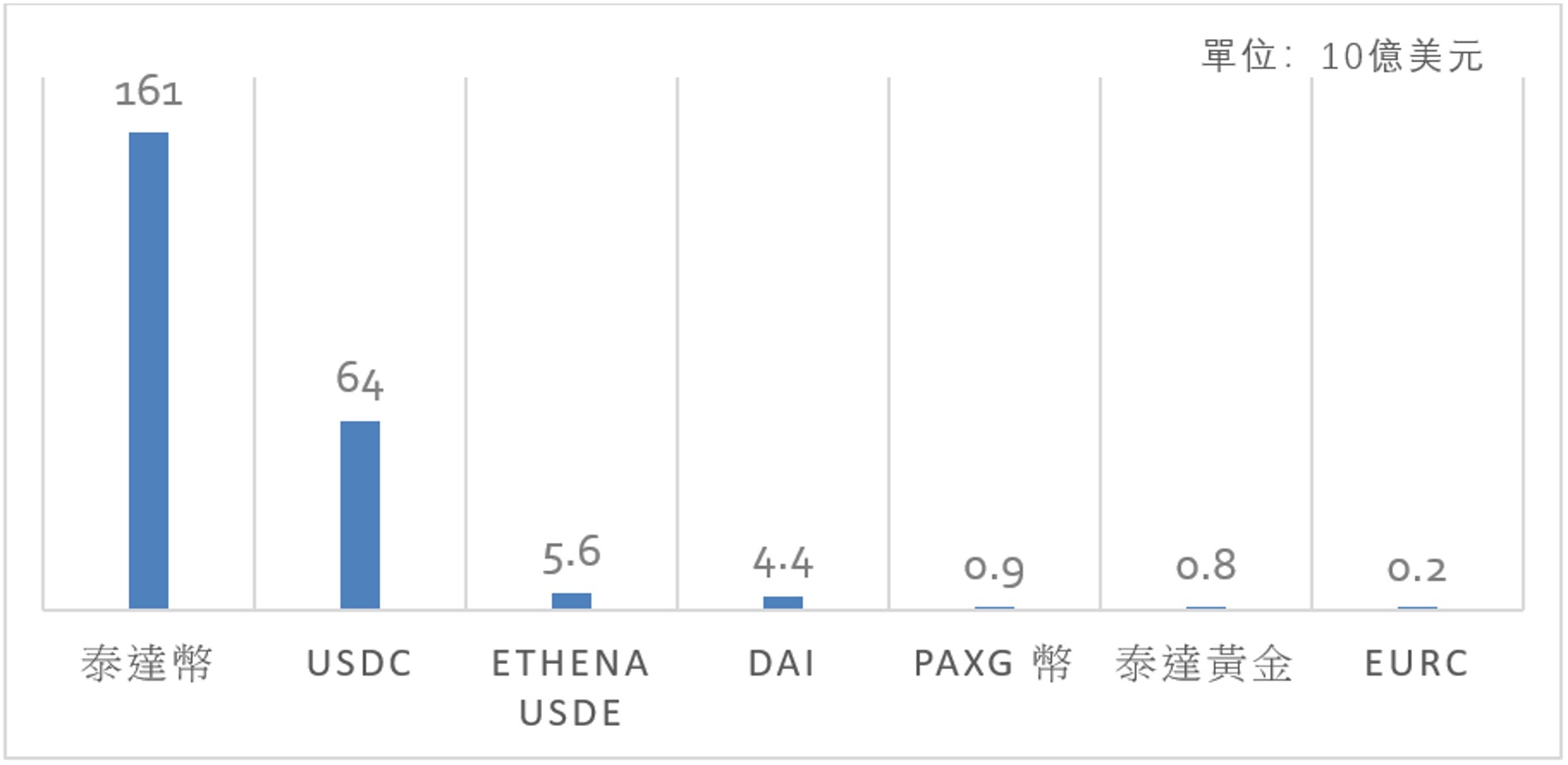Bottled Water Controversy Highlights the Credence-Goods Dilemma in Economics
樽裝水風波折射出經濟學上的信任品困境
近日,香港特區政府部門辦公室飲用水供應合約風波,從部分公務員的疑慮,迅速發酵成為一樁關乎公帑使用、採購和監管制度,以至政府公信力的社會大事。事件核心是物流服務署一份價值逾5000萬港元的樽裝飲用水合約,中標公司鑫鼎鑫涉嫌以冒牌水及虛假檔履約。該公司提供的「鑫樂觀音山」飲用水,被指並非來自聲稱的內地知名廠商樂百氏,而提交的水質檢測報告被香港標準及檢定中心評為偽造。
這場「飲水門」風波,表面上只涉及商業失信與監管疏忽,但從經濟學視角看,則揭示了信任品(credence goods)引發的市場失靈。看似普通的樽裝飲用水,考驗的不僅是政府的採購能力,還包括社會的信任根基。
消費後仍難斷定好壞
經濟學按消費者獲取信息的難易程度,將商品分為3類。一是搜尋品(search goods),購買前可根據信息判斷其品質,如智能手機的規格參數;二是經驗品(experience goods),需消費後才知品質,如餐廳菜色的水平;三是信任品,這類最特殊,即使消費後,消費者也難以判斷品質的真實性,或服務的必要性,因生產者與消費者之間存在嚴重的資訊不對稱(information asymmetry)。
醫療服務是典型信任品。病人接受醫生建議被施手術,術後康復也無法確認手術是否必要,或是否有較簡單、價廉的方案,事前只能信任醫生的專業判斷。同樣,汽車維修時,技工稱必須更換昂貴零件,消費者往往難以核實,只能選擇相信。這類商品的品質驗證成本極高,消費者因此高度依賴提供者的誠信。
隱蔽信任品凸顯監控漏洞
政府這份合約的樽裝水何以見得是信任品?公務員作為最終消費者,從飲水機取水飲用,難以通過口感或外觀分辨水源到底是指定生產商,還是未經授權、標準不明的工廠。只要沒有出現即時健康問題,他們無法知悉飲用水的真實品質。
事件曝光並非源於員工體驗,而是樂百氏主動致函物流服務署,澄清未授權鑫鼎鑫投標,於是掀起一場風波。香港標準及檢定中心亦聲明,從未為該公司提供檢測服務,報告純屬偽造。這印證了信任品面對的挑戰:驗證品質的成本極高,普通消費者無力承擔,需依賴外部監督力量。
作為採購方的物流服務署,理論上具備較強審查能力,卻仍墮入信任品陷阱。鑫鼎鑫利用資訊不對稱,提交看似完備的標書,包括偽造的品牌授權和水質報告。在缺乏主動盡職調查和持續監督的情況下,採購方僅憑文檔表證而被蒙蔽。這暴露出缺乏嚴謹驗證流程之際,即使資源充足的政府機構,面對信任品欺詐,也會遭騙徒誤導。
信任乃經濟之命脈
毫無疑問,「飲水門」的警示意義遠超一份合約的得失,它觸及香港經濟的根基——信任。諾貝爾經濟學獎得主阿羅(Kenneth Arrow)曾說:「每項商業交易都包含信任元素⋯⋯世上經濟發展落後的現象,多由缺乏互信所致。」對香港這一高度發達的服務型經濟體而言,尤具警惕作用。
香港的繁榮,無論是作為國際金融中心、貿易樞紐,還是專業服務與法律仲裁中心,無不繫於「信任基礎設施」。市民相信銀行妥善保管存款,相信會計師的審計報告公正,相信律師的法律意見專業。這些金融、會計、法律服務均為信任品,客戶支付高昂費用,購買的是對服務提供者及其體系的信任。
當一份飲用水合約引發爭議,它侵蝕的不只是政府公信力,還可能引發外界對香港商業環境、監管效力及契約精神的質疑。事態若持續發展,勢將增加社會交易成本,對經濟造成深遠影響。任何涉及信任品的負面事件,都足以削弱本港的核心競爭力。
三管齊下有助從嚴把關
信任品市場易生欺詐風險,需多方應對。首先是聲譽與品牌機制。信譽卓著的品牌欺詐成本高,消費者傾向選擇可靠品牌以降低風險。是次政府緊急轉用本地品牌屈臣氏旗下的「COOL清涼」作為臨時供應商,正好體現此一機制。另一方面,風波也暴露疏漏,就是騙徒可通過冒充或偽造品牌授權蒙混過去。
其次是第三方認證與政府規管。獨立認證機構和監管部門通過設立標準、檢測和頒發牌照,為消費者提供品質保證。事件中,政府要求供應商提交獨立實驗室報告,但並未核實真偽,可見現有監管程序荒腔走板。嚴格、不打折扣的審查才是關鍵。
最後是法律責任與懲罰。提高欺詐發現概率和懲罰力度可遏制道德風險。涉案公司負責人已被捕,並控以欺詐罪,司法系統的判決震懾力足可影響市場行為。法律機制需與聲譽和監管配合,形成綜合管治框架。
科技賦能強化誠信
香港要鞏固國際信任樞紐地位,必先深化有關制度,並擁抱科技。首先,政府採購必須改革,從「價低者得」轉向全面盡職調查,評估供應商背景、業績和市場聲譽。對於涉及公共利益的信任品採購,標準流程理應包括主動、頻繁的抽查和驗證。
其次,科技可構建「可驗證的信任」。區塊鏈和物聯網有利於解決資訊不對稱。例如,飲用水合約規定每樽水將出廠到交付的物流資訊,上傳至不可篡改的數字帳本,政府掃描二維碼即可追溯來源;這種「技術背書」比文書檔可靠。香港作為金融中心和科技創新樞紐,可在公共採購和供應鏈領域試點「監管科技」(reg tech),打造透明高效的規管範式。
這種理念正從金融方面擴展至實體經濟。香港可通過試點智能合約和溯源技術,杜絕類似事件重演,向世界展示制度創新與科技應用的領先地位。這既可強化本地品牌的信任內涵,亦可吸引全球企業投資,提升經濟競爭力。
歸根究柢,雖然「飲水門」風波終將平息,但有關信任品的難題卻值得深思。信任是現代經濟的潤滑劑,亦是社會資本的核心。在複雜多變的時局中,維護信任是香港的時代命題。從制度完善到科技賦能,重建信任須靠政府、企業和市民共同努力。我們守護的不僅是水質安全,更是香港賴以生存的誠信基石。
章逸飛博士
港大經管學院經濟學高級講師
(本文同時於二零二五年九月十日載於《信報》「龍虎山下」專欄)






